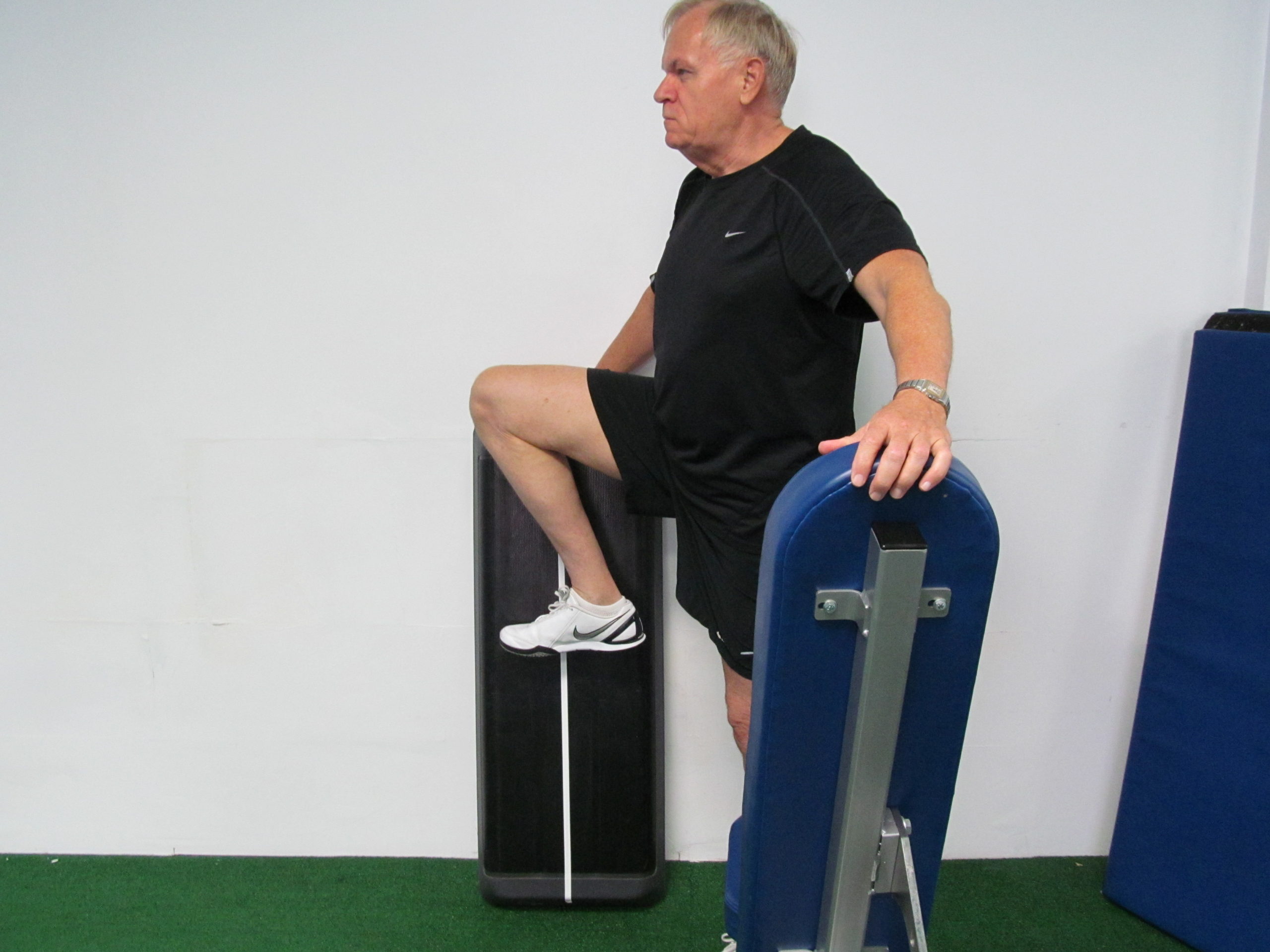Functional Assessment Flaws
Musculoskeletal or “functional” assessments are muscle, joint and movement evaluations
intended to guide physcial activity prescriptions. The results of these evaluations are based on findings “uncovered” by various diagnostic tools. Common tools used by health and fitness professionals include postural assessments, provocative tests, manual strength tests, range of motion tests and movement screens. Hopefully, “Deductive Stretching” will be added to this list. Each tool has its proponents and all can prove invaluable when determining a client’s course of action. However, it is essential to be aware of the limitations of these tests. Here are four major functional-assessment pitfalls:
1) BIAS
Lacking high precision instruments, musco-skeletal assessments are heavily reliant on human observation and interpretation . This presents a great opportunity for bias. It is easy to skew results to support valued beliefs and desired outcomes. A few ways to limit bias:
a. always double-check observations
b. use multiple diagnostic tools
c.consider confounding factors and alternate possibilites
e. measure and record data where-ever possible
d.double-check your favourite assumptions!
2) The Prevalence of Myth
There are many purveyors of mystical methods in health and fitness. Always look beyond the surface and apply some degree of logic. While not all good modalities have validating studies, most are grounded in the core sciences (anatomy, physiology and physics). Magic tricks belong in magic shows!
3) The Confounding Nature of Pain
Pain radiates, masquerades as weakness and can be entirely psychogenic. Pain attributed to the muscular system is often due to nerve entrapment. The site of entrapment can be far removed from the site of pain. For example, a convincing pain in the foot can easily be due to an issue with the sciatic nerve at the hip. Pain causes apprehension. In strength testing, apprehension can be misinterpreted as weakness. Do not strengthen painful muscles! Any exercise will aggravate overuse symptoms. Pain is dependent upon psychology. Anxiety can both manifest and amplify pain. Encourage clients to be confident and patient (but not complacent!). Assessment providers need to explore all potential causes of pain as well as be willing to make referrals to qualified professionals.
4) Lack of Detail
Pelvic tilt, scapular tilt, scapular winging, upper-crossed syndrome, internal and external rotation are examples of general observations. There is little practical detail in such broad information. An ostensibly simple observation, such as tibial internal rotation, is affected by multiple muscles (at least six in this case). You can’t paint a group of muscles of similar function with the same brush (they all have different origins and insertions!). Within the group of six shin internal-rotators, some muscle fibers will be weak and in need strengthening. Conversely, other muscle fibres will be strong/overused and in need of stretching, release or rest. Functional assessments are of little value without a high degree of detail.
Assessments are an essential first step to any health, aesthetic or performance program. Use multiple tools to support your conclusions. Learn how Deductive Stretching and Imbalance Patterns can greatly simplify your musculoskeletal evaluations by attending a Tarodo seminar.
